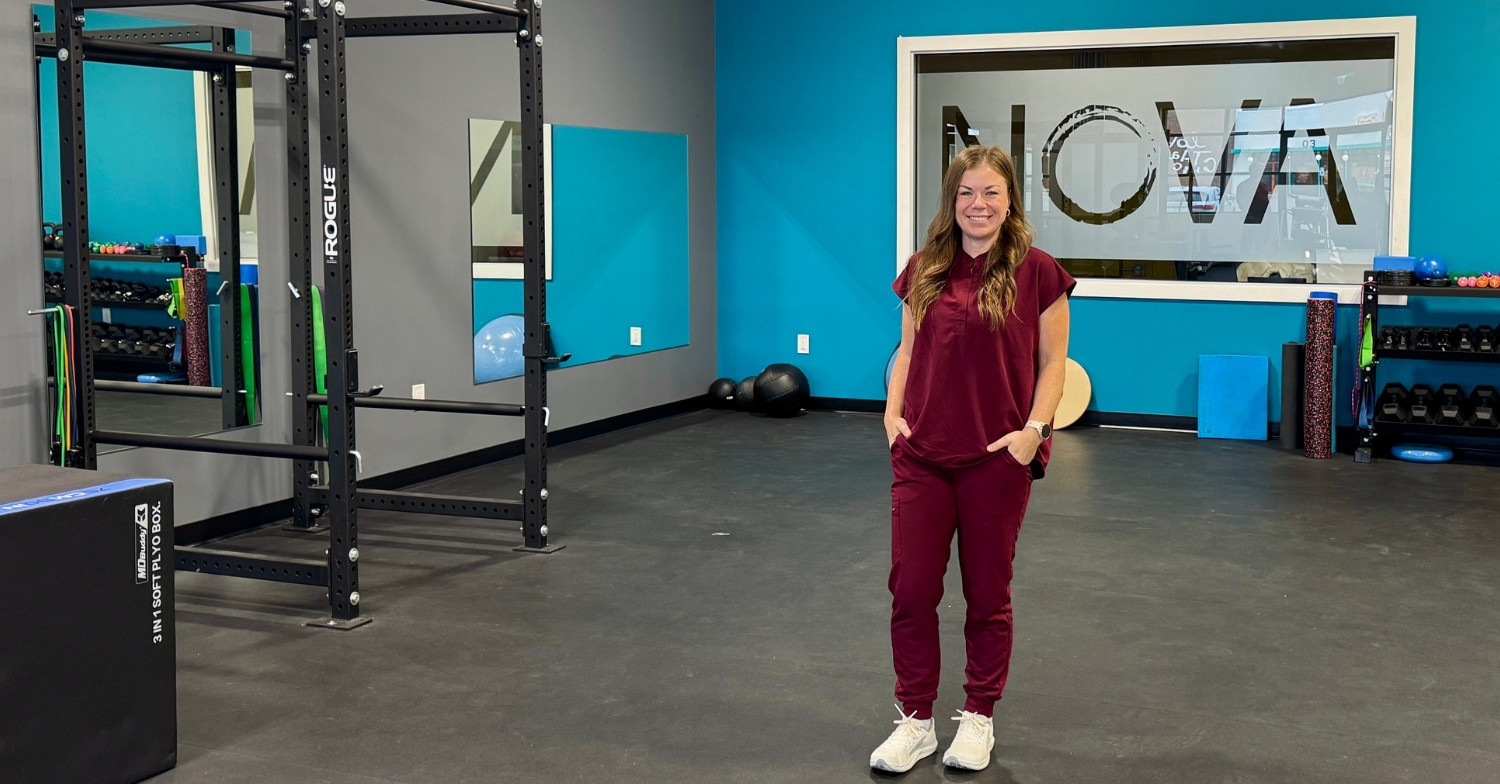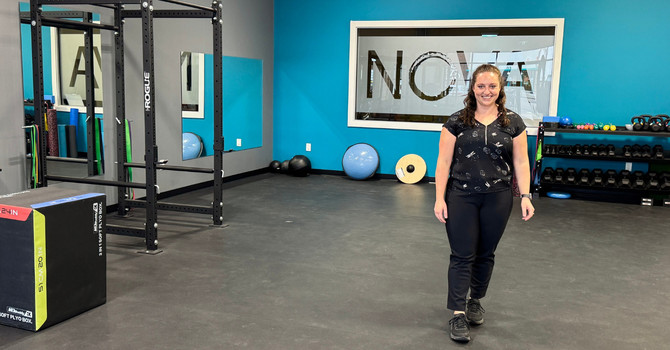
Welcome to the Foot Blog Series!
So You Think You Have Plantar Fasciitis...
Did you know there are several different types of feet out there? From high arches to flat arches and everything in between, each foot type comes with its own movement patterns and potential areas of opportunity for improvement.
People with high arches tend to have feet that are stiffer and less able to absorb shock, which can lead to tension in the calves, shins, or even the lower back.
On the other hand, those with flatter arches tend to have more motion through the foot, which can make them more prone to overpronation, plantar fasciitis, and knee discomfort. And of course, many people fall somewhere in the middle, with a “neutral” arch that still has its own tendencies and opportunities depending on the biomechanics of the rest of the lower limb!
Today, we’re starting with one of the most common types of feet: the mildly flat foot and how it can contribute to that stubborn heel pain known as plantar fasciitis.
What Kind of Feet Do You Have?
Before we dive in, take a quick look down at your own feet and your shoes.
Ask the following questions:
- Do you have a specific wear pattern on the bottom of your shoes?
- What does your arch look like standing vs sitting?
- Do your toes point straight forward, or do they angle outward?
- Can you spread all your toes out?
- Do some of your toes overlap or curl?
- Do you get calluses in the same spots every time?
- Have you had any previous ankle sprains or trauma to the feet?
- Have you always thought you had “flat feet”?
Your feet give valuable clues about walking mechanics, muscle imbalances, and where there’s an opportunity to improve mobility and stability.
The Mildly Flat Foot: What’s Really Going On?
A mildly flat foot means that when you stand or put weight on your foot, your arch lowers slightly more than it should toward the ground. This small change might not sound like much, but it can have a big impact on how your body moves. When the arch drops, your foot loses some of its natural spring, which affects how well it can absorb shock and distribute pressure with each step.
Over time, this can cause the ankle to roll inward (a movement called overpronation) and the knee to follow, subtly shifting the alignment of your entire leg. While a mildly flat foot isn’t always a problem on its own, it can influence everything from your walking efficiency, to how forces travel up through your knees, hips, and lower back, especially if your muscles aren’t supporting the movement effectively.
Over time, this can create strain that shows up in places far from your feet and can include issues such as:
- Plantar fasciitis (heel or arch pain)
- Achilles tendon tightness or pain
- Ankle discomfort or instability
- First toe problems such as stiffness or bunions
- Shin splints or knee pain
- Hip pain
- Low-back pain
- And potentially more!
Your feet are the foundation of your movement and when that foundation shifts, everything above it feels the impact.
Understanding Plantar Fasciitis
So, let’s talk about one of the most common and frustrating conditions linked with “flat” feet: plantar fasciitis.
That sharp, stabbing pain in your heel when you get out of bed in the morning is the classic sign. The plantar fascia is a thick band of connective tissue that runs from your heel to your toes, supporting the arch and helping your foot act like a spring with each step.
When that tissue gets irritated from overuse, poor mechanics, or lack of support, small microtears can develop, leading to inflammation and pain. This discomfort often feels worse during your first few steps in the morning or after sitting for a while, then eases up slightly as you move.
Many people assume plantar fasciitis is just a “foot problem.” But often, it’s only the symptom of something else happening higher up the chain.
The Hip-Foot Connection
Your foot can only be as strong as the hip that drives it.
The strength of your hips help control how your legs move, how your knees align, and how your feet strike the ground. Underactive glutes and hip rotators can allow the leg to rotate inward, collapsing the arch and forcing the plantar fascia to work overtime to try to stabilize the foot.
Strengthening your glutes, hip external rotators, and deep hip stabilizers can help improve the efficiency of your gait, shock absorption, and helps to evenly distribute the load at the foot, therefore often reducing pain. Looking at the entire chain can be more effective than just looking at the foot alone when it comes to plantar fasciitis.
When to Seek Professional Help
If your foot pain has lasted more than a few weeks, is worsening, or is limiting your activity, it’s time for an assessment.
A chiropractor can evaluate how your hips, knees, and feet work together to help identify what’s potentially driving your pain and dysfunction and help identify opportunities for improvement.
Treatment might include:
- Manual therapy and soft tissue techniques
- Corrective exercises
- Education and advice to prevent flare-ups in the future.
These types of issues can take time to improve so do not be discouraged. The goal isn’t just to help get you out of pain, it’s to help you move better so that the pain doesn’t keep coming back.
The Bottom Line
Foot pain is your body’s way of asking for attention. By focusing on hip strength, foot control, and movement awareness, you can create lasting change. The strength and stability of your hips set the tone for how your feet function and distribute weight and when both are working together, you can move better, feel stronger, and ideally remain painfree.
Your Next Step
Think you might have plantar fasciitis but aren’t sure where to start?
Book your chiropractic assessment HERE
Together, we’ll help you understand what’s really causing your discomfort and dysfunction and help you get back to moving comfortably, and confidently. Your feet will thank you!

.jpg)


